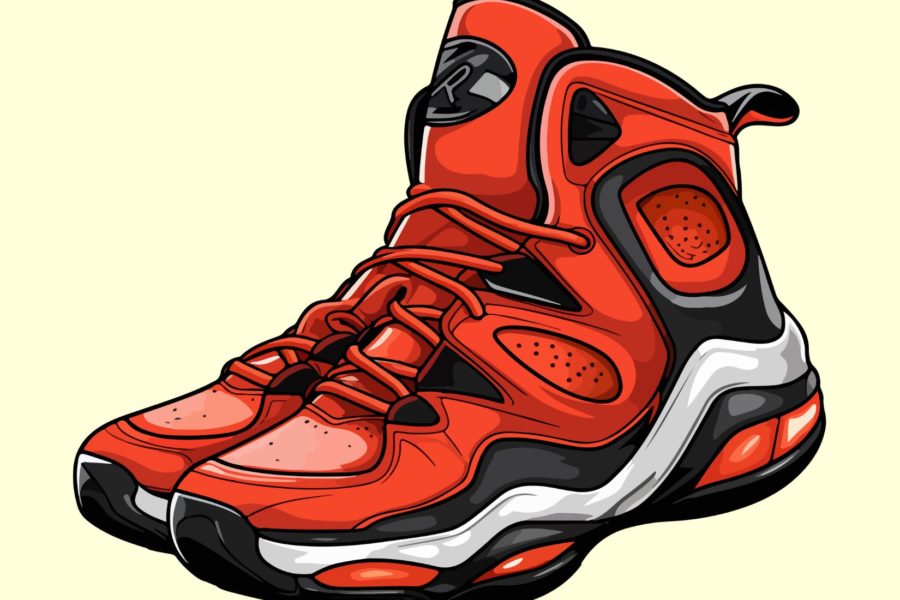Did you know that wearing the wrong pair of shoes while playing your sport, training, exercising, and working out can lead to major problems? That’s right! Not only can your performance be affected, and your feet uncomfortable, wearing the wrong pair of shoes can lead to twisted ankles, shin splints, and more. No matter what sport you play, choosing the right shoes is crucial for comfort, performance, and injury prevention. Here are some guidelines to help you select the right pair of running shoes:
- Understand Your Foot Type:
Determine your foot’s pronation type—neutral, overpronation, or supination (under pronation). Understanding your foot type helps determine what type and brand of shoes best fits your needs. This can be assessed by a running specialty store or a podiatrist.
- Visit a Specialty Store Specific to Your Sport:
Go to a store that specializes in your sports shoes. Staff at these stores are often trained to analyze your gait and help you find the right shoes based on your foot type and sport.
- Know Your Size:
Have your feet professionally measured. Shoes that are too big, or too tight can lead to foot problems and possible injuries. Also, measure your shoe size regularly. Your shoe size can change over time, and each brand may have slightly different sizing.
- Consider Arch Support:
Choose shoes with appropriate arch support based on your foot type. Some shoes come with built-in arch support, while others allow for the insertion of custom orthotics.
- Fit by Feel:
Pay attention to how the shoes feel. They should be snug but not tight, with room for your toes to move comfortably. Check for any pressure points or areas that may rub against your foot.
- Test the Flexibility:
The shoes should bend where your foot naturally bends—at the ball of the foot. They shouldn’t be excessively stiff or too flexible.
- Consider the Terrain:
Consider where you play, run, workout, train, etc. There are shoes specific for grass, turf, basketball court, tennis court, and more. For example, if you primarily run on trails, consider trail running shoes with additional traction and stability. Road running shoes are designed for smoother surfaces. Football shoes for grass are different then football shoes for turf.
- Check for Heel Support:
Ensure the heel counter (the back part of the shoe that wraps around the heel) provides adequate support and prevents excessive movement.
- Weight of the Shoe:
Consider the weight of the shoe. Light weight shoes are not necessarily better and heavy weight shoes are not necessarily bad. There are several factors to consider when choosing a shoe: your feet, sport, position, etc.
- Test Run:
If possible, do a short test run in the store or on a treadmill. Mimic what you do on the field, court, etc. Side step, back pedal, pivot and more. This can give you a better feel for how the shoes perform during actual use.
- Replace Old Shoes:
All shoes have a lifespan! Replace them when you notice signs of wear and tear, loss of cushioning, or discomfort.
12. Personal Preferences:
Consider your preferences, such as color, style, and brand reputation. While these factors shouldn’t be the primary considerations, they can play a role in your overall satisfaction with the shoes.
Remember… your feet are unique, and the right running, basketball, football, etc., shoes for one person may not be suitable for another. It’s essential to prioritize comfort and support based on your individual needs and preferences. If you have specific foot conditions or concerns, consulting with a podiatrist or orthopedic specialist can provide valuable insights.




Recent Comments